What We Can Learn from Traditional Diets and Ancestral Patterns of Protein Consumption
Hi, I'm Sammy Truswell...

Your Good Farm in-house nutritionist. Here to bring you essential information on nutrition, diet and permaculture gardening - in a bite size, easy to understand, science-backed way.
Part 4 of: Why Protein Is Essential for the Human Body
In the age of supplements and nutrition trackers, it’s easy to forget that humans have been eating for health, strength, and survival for thousands of years — without counting a single gram of protein.
Across cultures and landscapes, ancestral diets reveal how people nourished themselves through locally available, nutrient-dense foods — guided by balance, sustainability, and respect for nature. As modern health science advances, it is beginning to affirm much of this traditional wisdom — proof that science sometimes needs time to catch up to what cultures have practiced and understood for generations.
1. Hunter-Gatherer Tribes: Diverse and Adaptive Diets
Hunter-gatherer societies represent some of the most adaptable eating patterns in human history. Protein intake varied widely depending on geography and season, but it was always grounded in the environment.
- The Hadza (Tanzania) rely on hunted game, honey, wild fruits, and tubers — shifting with the seasons between high-meat and foraged diets.
- The Inuit (Arctic Circle) thrive on high-fat, high-protein foods such as seal, fish, whale, and caribou — an adaptation to a frozen, plant-scarce landscape.
- The Maasai (Kenya and Tanzania) traditionally consume milk, meat, and blood from cattle, reflecting a pastoralist culture rooted in livestock stewardship.
- Amazonian Tribes depend on fish, small game, insects, and root crops like cassava, shaped by rainforest biodiversity.
- Aboriginal Australians maintain one of the world’s oldest continuous food cultures, drawing on native animals (kangaroo, emu, goanna, fish, shellfish) and plant foods like nuts, seeds, and bush fruits. Their deep ecological knowledge fostered sustainable use of the land for millennia.
Health insight:
When living traditionally, these groups showed remarkably low rates of chronic disease — obesity, diabetes, and heart disease were virtually absent. These conditions, often referred to as lifestyle diseases or diseases of civilisation, are now widespread in modern populations. Their absence among traditional societies highlights the metabolic advantages of nutrient-dense, whole-food diets free from industrial processing.
2. Cultural Food Practices and Communal Wisdom
Traditional societies didn’t view food merely as fuel — it was a means of connection: to community, ancestry, and the natural world.
- Meals were prepared slowly and often communally, emphasising gratitude and togetherness.
- Animals were honoured, and nothing went to waste — organ meats, bones, and skin were valued for nourishment as much as muscle meat.
- Plants were soaked, sprouted, or fermented to improve digestibility and nutrient availability.
Health Insight: Methionine and Amino Acid Balance
Modern diets often emphasise muscle meats, which are rich in methionine. Without enough glycine (found in collagen-rich parts like skin and bones), excess methionine can raise homocysteine levels — a risk factor for chronic disease. Traditional nose-to-tail eating naturally balance these amino acids, promoting better long-term health.
3. Lessons for Sustainable and Holistic Eating Today
Ancestral diets remind us that food is never just about nutrients — it’s about relationships: between people, place, and planet.
Core principles to bring forward:
- Eat close to your environment: Prioritise local, seasonal foods and connect with farmers who sustainably grow plants and raise animals—working in harmony with nature, not against it.
- Value diversity: Include a broad spectrum of protein sources—animals, fish, insects, eggs, nuts, and legumes—and practice nose-to-tail eating to maximise nutrient intake and promote sustainable use of animal resources.
- Prioritise production practices. Both plant and animal proteins can be sustainable when grown regeneratively.
- Reconnect through food: Revive practices like shared meals, gratitude, and mindful preparation to transform eating into a nourishing experience that enhances nutrient absorption and supports well-being beyond just the physical.
The Bottom Line: What We Mean by an “Ancestral Diet”
When people talk about an ancestral diet or ancestral model of eating, they’re pointing back to food traditions that nourished humans for generations — from hunter-gatherer tribes to the ways our great-grandmothers cooked and ate.
It’s less about imitating the past and more about carrying its wisdom forward: eating whole, unprocessed foods, honouring the land and animals that sustain us, and maintaining a mindful connection to where our food comes from.
Across time and culture, this respect for nature and balance is what truly defines healthy eating — not strict rules, but relationships that support both human and planetary well-being.
Missed earlier parts in this series?
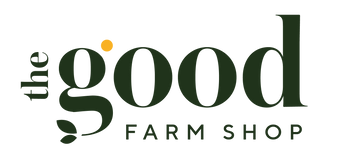

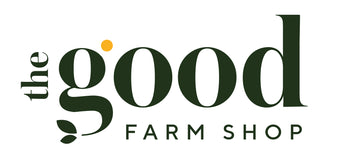
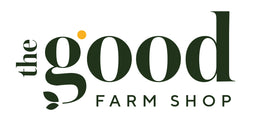
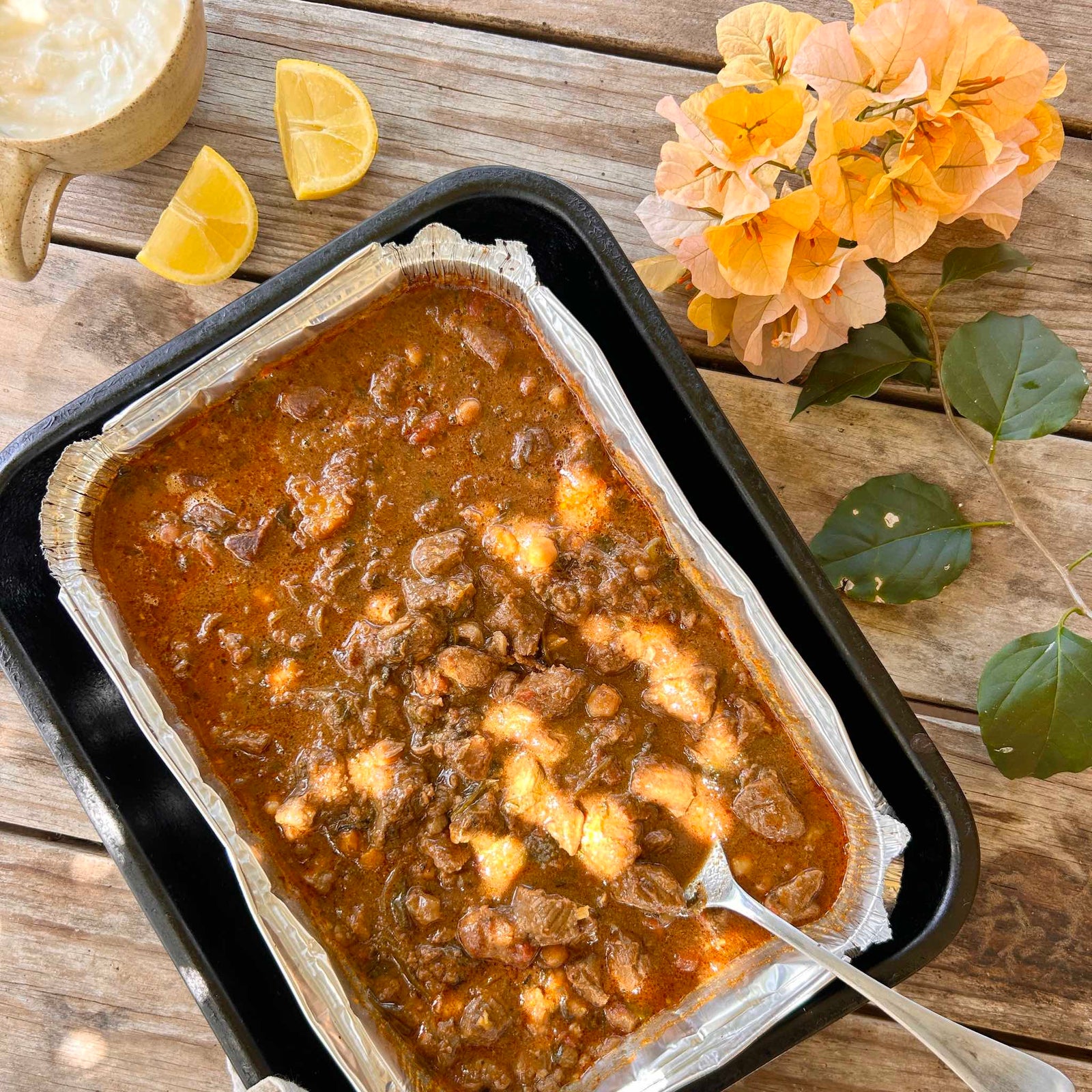

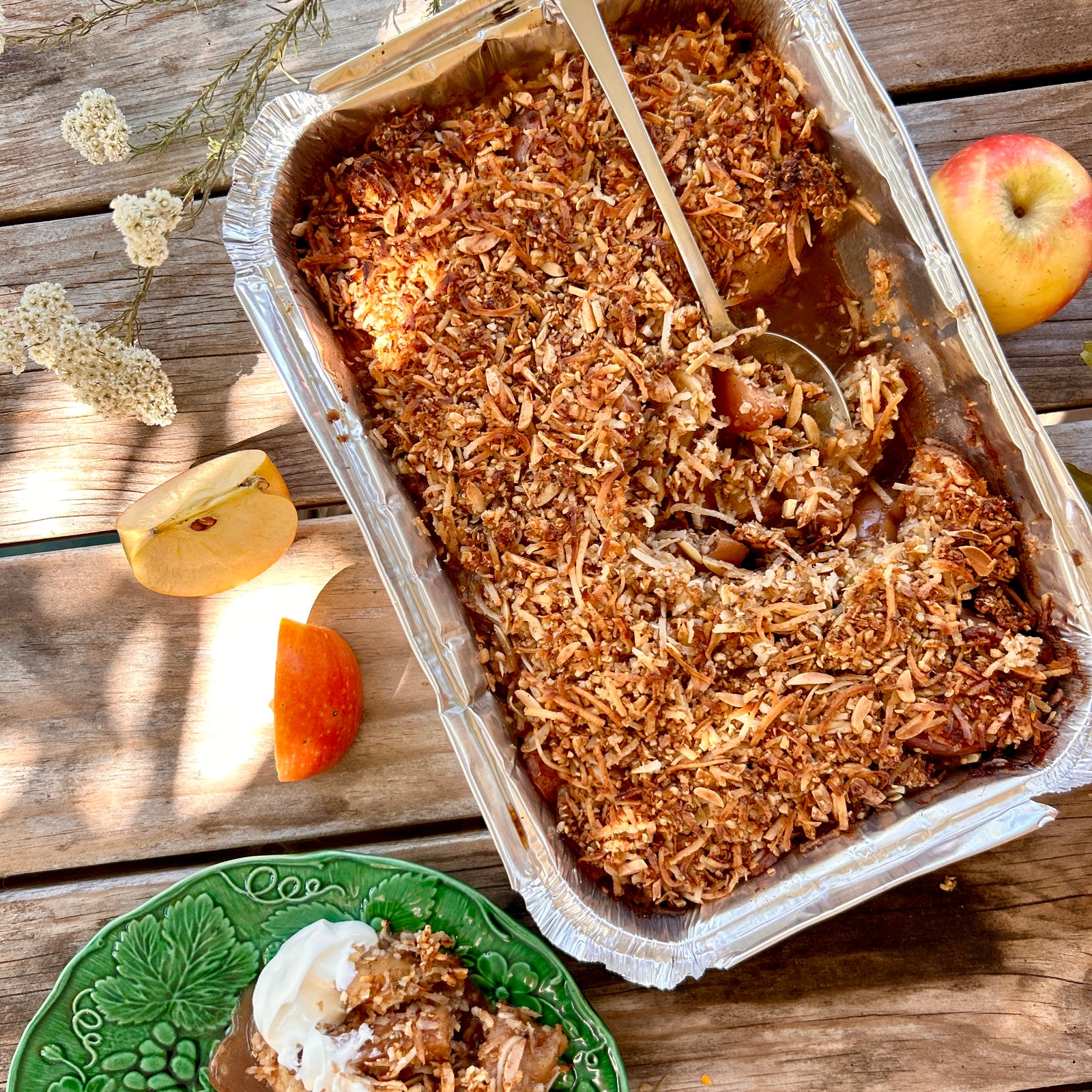













Leave a comment